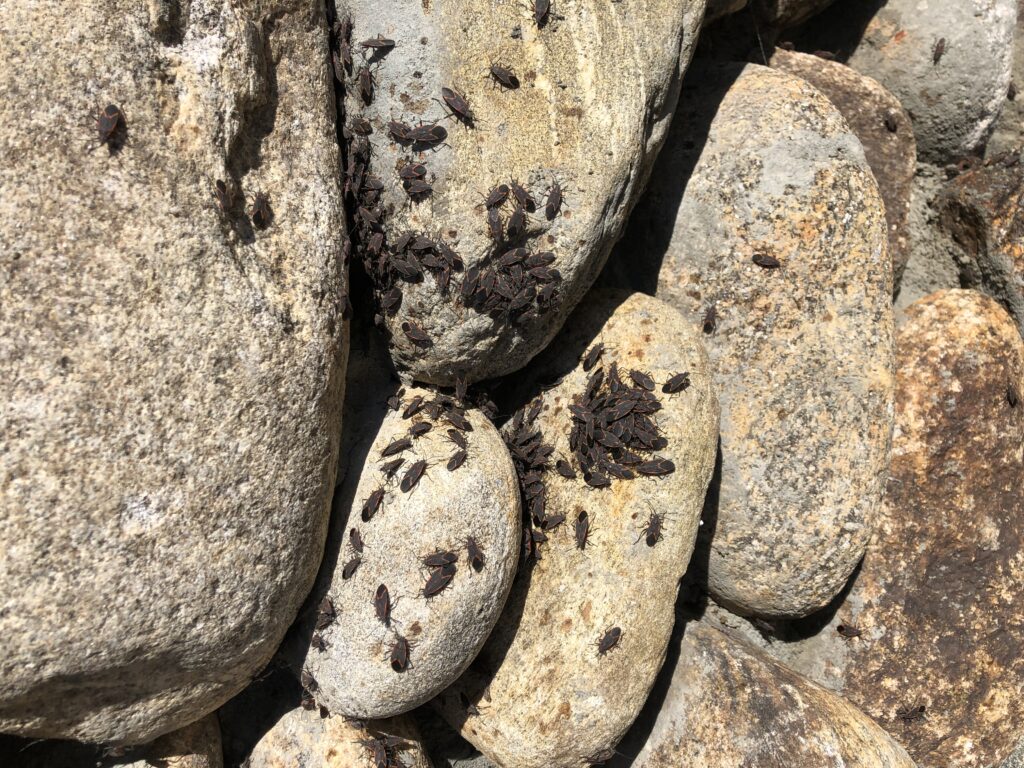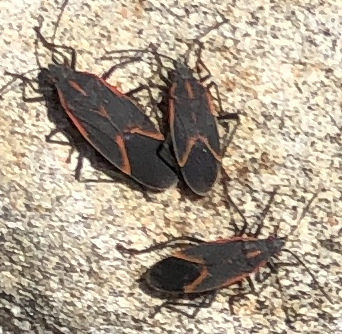Pest Alert – Boxelder Bugs
go.ncsu.edu/readext?985247
en Español / em Português
El inglés es el idioma de control de esta página. En la medida en que haya algún conflicto entre la traducción al inglés y la traducción, el inglés prevalece.
Al hacer clic en el enlace de traducción se activa un servicio de traducción gratuito para convertir la página al español. Al igual que con cualquier traducción por Internet, la conversión no es sensible al contexto y puede que no traduzca el texto en su significado original. NC State Extension no garantiza la exactitud del texto traducido. Por favor, tenga en cuenta que algunas aplicaciones y/o servicios pueden no funcionar como se espera cuando se traducen.
Português
Inglês é o idioma de controle desta página. Na medida que haja algum conflito entre o texto original em Inglês e a tradução, o Inglês prevalece.
Ao clicar no link de tradução, um serviço gratuito de tradução será ativado para converter a página para o Português. Como em qualquer tradução pela internet, a conversão não é sensivel ao contexto e pode não ocorrer a tradução para o significado orginal. O serviço de Extensão da Carolina do Norte (NC State Extension) não garante a exatidão do texto traduzido. Por favor, observe que algumas funções ou serviços podem não funcionar como esperado após a tradução.
English
English is the controlling language of this page. To the extent there is any conflict between the English text and the translation, English controls.
Clicking on the translation link activates a free translation service to convert the page to Spanish. As with any Internet translation, the conversion is not context-sensitive and may not translate the text to its original meaning. NC State Extension does not guarantee the accuracy of the translated text. Please note that some applications and/or services may not function as expected when translated.
Collapse ▲
Boxelder bugs love southwest facing walls especially those made of stone. This image was taken on Feb. 2, 2024 when the weather was cold at night but warm during the day. The warm stones attract the insects.
Boxelder bugs are native insects that can sometimes be a nuisance for homeowners. The black insect with orange markings is named after its host plant the native boxelder (Acer negundo). Boxelder bugs are related to stink bugs and release an odor when disturbed.
Boxelder bugs emerge in the spring to feed on plants and seeds. Eventually they mate and the females move to boxelder trees where they lay eggs. The eggs hatch in mid-summer and the nymphal stage of the insect is bright red. The insect can appear in large quantities.
Boxelder bugs really do not hurt anything but can be a nuisance when populations are high. Keeping them off of the outside of homes is difficult. The best thing to do is to just have patience as they will go away. If the insect gets inside the home, try to catch them alive and return them to the outside.






